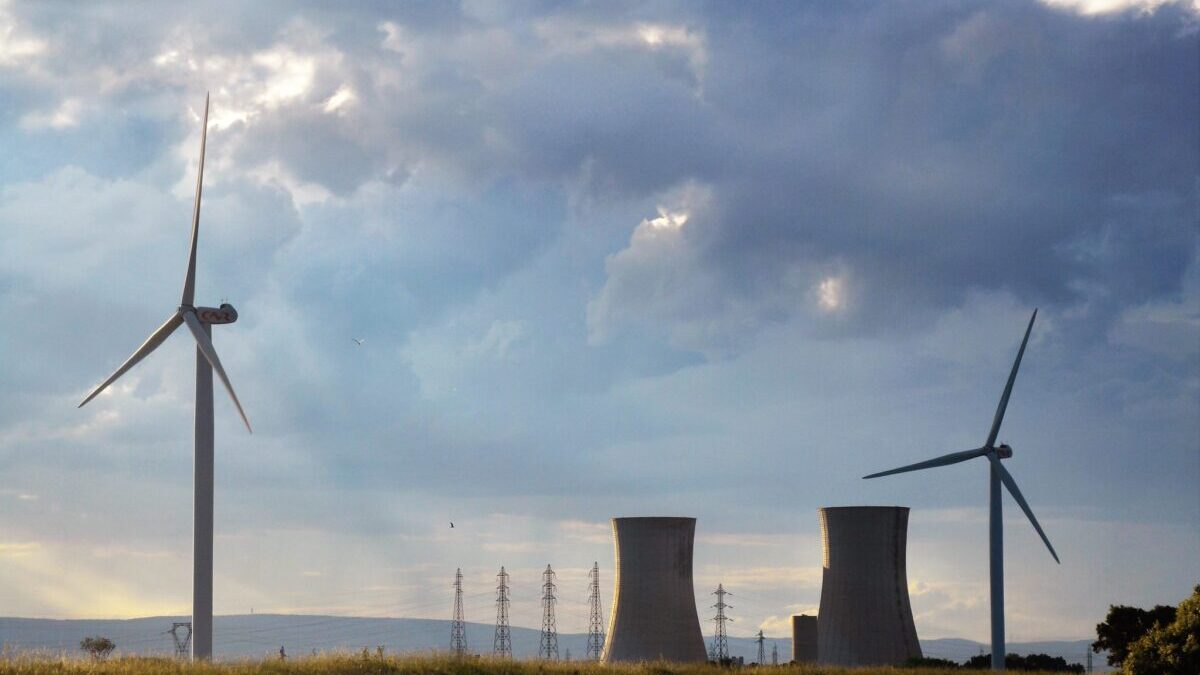Europe’s fragile energy markets vulnerable to Russian interruption may soon be uncomfortably similar to the American power grid if policymakers aren’t careful about pushing a low-carbon future.
With a third of European oil and more than 40 percent of its gas provided by Russia, President Vladimir Putin has threatened to shut off the lights across Europe in an effort to counter western sanctions imposed in retaliation for the Kremlin invasion of Ukraine, demanding payment in Rubles instead of Euros.
“If such payments are not made, we will consider this a default on the part of buyers — with all the ensuing consequences,” Putin warned. “Nobody sells us anything for free, and we are not going to do charity, either. That is, existing contracts will be stopped.”
The deadline came and went, with Russian gas still flowing after European leaders called Putin’s bluff. The cold reality of European reliance on Russian energy supplies, however, has continued to handicap the diplomatic options available to western leaders while global markets face turbulence from sanctions on Moscow’s oil. Putin also trimmed exports to keep European reserves “below the minimum volume” for the first time in the half a decade preceding his invasion.
A ban on Russian oil, a financial gold mine for the Kremlin’s war machine providing more than 10 percent of global supply, was initially absent in the first sanctions package handed down by the United States and its allies following the assault on Ukraine. President Joe Biden unilaterally banned Russian oil imports for two weeks after the full-fledged offensive with European leaders slow to follow. It wasn’t until this week the EU proposed a ban on Russian coal while considering new restrictions on oil and gas. In the meantime, Europe is scrambling to replace its dependence on Russian energy supplies, with Germany even warning citizens to prepare for rations as it enters the official first stage of crisis management.
The United States was able to bar Russian oil imports with relative ease since only 3 percent of imported crude came from Moscow’s reserves. That’s still no small amount, and Americans are now coping with the highest gas prices on record as the Biden administration refuses to unleash domestic production to offset the interruption. If America truly embraces the long-term path of a sustainably fossil-free future, however, it has to go nuclear. Doing so without a re-assessment of the nation’s uranium suppliers could make the United States just as dependent on Russian fuel as Europe is today.
Nuclear power from 93 reactors currently generates 20 percent of the U.S. electric grid and is the source of 55 percent of carbon-free energy, according to the Nuclear Energy Institute (NEI). While the 2022 annual outlook from the Energy Information Administration (EIA) keeps the share of nuclear-generated electricity on the power grid consistent over the next 30 years, Daniel Turner, the founder and executive director of the non-profit Power the Future, faults the government’s forecast for being too optimistic about the ability of renewables to experience exponential growth as predicted.
The numbers, Turner told The Federalist, rely too much on capacity, explaining it’s “a false statistic because if the wind does not blow and the sun does not shine, it doesn’t matter how much capacity” exists. Europe’s recent low-wind winter while Russia weaponized its resource relationship gave the continent a rude awakening.
“Assuming full capacity is met, those numbers are great,” Turner said. Yet full capacity would also mean devastating impacts to wildlife given the sheer amount of land required to substitute conventional energy with wind and solar. Just this week, a wind power company was fined millions after executives pled guilty to killing at least 150 protected eagles by turbines.
Nuclear power, therefore, has become an attractive emissions-free alternative to wind and solar, drawing bipartisan support to meet the nation’s 21st-century energy needs without producing more carbon. Despite the endorsement of Energy Secretary Jennifer Granholm, the United States is a long way off from ramping up nuclear power without significant vulnerabilities in the supply chain.
According to the Energy Information Administration (EIA), U.S. uranium production fell to an all-time low in 2019 while sourcing 46 percent of the mineral from Russia and Russian allies in 2020. Uranium was also dropped as a critical mineral by the U.S. Geological Survey (USGS) last year, a decision western senators have taken issue with as the Senate Committee on Energy and Natural Resources holds a series of hearings to examine the need for domestically-sourced resources.
“I’m worried about our domestic reliance on imported uranium, specifically and especially Russian-imported uranium,” Utah Republican Sen. Mike Lee said as he began his questioning to an expert panel at a March hearing. “I think this poses a significant strategic risk to the United States. I’m also worried that the recent decision by the Biden administration to remove uranium from its critical minerals list is something that could have very real, harmful, lasting consequences.”
Scott Melby, the president of the Uranium Producers of America, said there was ample reason for concern.
“We’ve become a little lackadaisical about the supply of uranium,” Melby said, explaining the situation was borne out of commercial interest despite the U.S. being home to “over a billion of known and likely resources” which could be mined with “the highest environmental standards” of anywhere in the world.
As the Biden administration maintains an aggressive push for renewable energy, the White House has remained reluctant to draw minerals required for this from American lands, instead relying on trade with overseas adversaries and scaring off investment from U.S. projects. While Russia sources American uranium, China holds the monopoly on “rare earth” minerals required for electric cars.
“We’ve got to pay attention to our uranium industry,” Melby told lawmakers. “Countries like Russia, China are playing the long game. They’re acquiring resources all over the world.”
For the time being, Turner told The Federalist, “buying our uranium from Russia is no different from having 3 percent of our oil from Russia.”









